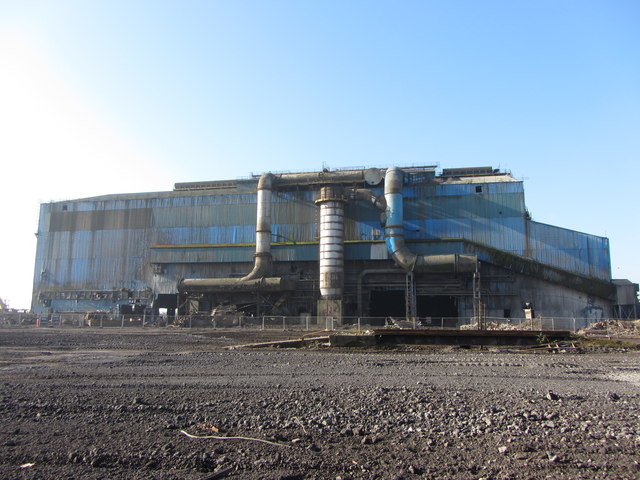The Upper Tribunal (Lands Chamber) has dismissed an appeal by the occupier of a steelworks in Cardiff seeking a reduction in the assessment of the works. The decision in Celsa Steel (UK) Ltd v Webb (VO) (2017) UKUT 0133 (LC) considered the assessment of Tremorfa Steelworks in Cardiff, which was capable of producing 1.2 million tonnes of steel billet per annum and of processing 350,000 tonnes per annum of the steel into finished product on site.
The ratepayer, Celsa Steel, also occupied nearby Castle Steelworks which had the capacity to process 850,000 tonnes per annum of steel billet into finished product as steel rod. The parties agreed that the Tremorfa works should be valued on the Contactor’s Basis, that is to say by reference to the decapitalised cost of replacement. The appeals related to the application of this valuation approach in both the 2005 an 2010 Rating Lists.
The ratepayer contended that the decapitalised cost arrived at using the Contractor’s Basis should be reduced by 15% because, whilst the works could produce 1.2 million tonnes per annum of steel billet, it could only process 350,000 tonnes per annum. There was no market for the profitable sale of steel billet and no other example in the UK or Europe of a melt shop which did not have a guaranteed user of steel billet produced. The opportunity existed to supply Castle Works, but that could not be guaranteed. In such circumstances a hypothetical landlord of Tremorfa would reduce their expectation of rent by 15%; being 5% for the additional costs of operation between the sites, and 10% to reflect the bargaining position of the hypothetical tenant.
The respondent Valuation Officer accepted that there was a relationship between the two works, but did not accept that it was “asymmetric” in the way contended by the appellant. In the Valuation Officer’s view the relationship between the two sites offered advantages to both sites in terms of quality control and continuity of supply. He considered that the additional costs involved had not been properly proved in evidence and were, in any event, only a very small proportion of the total operating costs. He contended that no end allowance was justified.
In its decision the Tribunal found that it was “highly unlikely” that there was any hypothetical tenant for Tremorfa works, other than the operator of Castle works, but that this did not mean that an end allowance was justified. If it was the case that the only hypothetical tenant was also the operator of Castle works, then the occupier of Tremorfa had a guaranteed market for its steel billet product and there was no risk of the operator of Castle works purchasing billet elsewhere. This followed the “principle of reality”. In such circumstances the appellant’s reasons for an end allowance fell away. There are many other examples where there is only one hypothetical tenant for a property, but that was not sufficient to justify an end allowance for that fact. The Tribunal also commented that the evidence of additional costs arising from the arrangement of the two sites was “unsatisfactory”.
The Upper Tribunal dismissed the ratepayer’s appeal and confirmed the assessments determined by the Valuation Tribunal for Wales of RV £2,070,000 at 29 January 2007; RV £2,170,000 at 1 September 2008; and RV £2,650,000 at 1 April 2010.
The judgment shows the significance attached by the Upper Tribunal of adhering, so far as is possible within the statutory basis, to the principle of reality. It further shows that merely establishing that the pool of potential tenants is a small one (or even that there is only one hypothetical tenant) does not automatically mean that the value is reduced. It also demonstrates the importance for appellant’s in cases such as this of being able to provide convincing and comprehensive evidence of matters such as increased costs.

